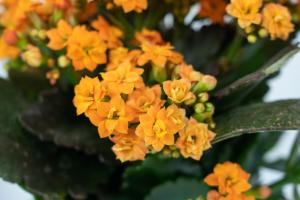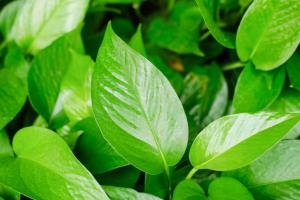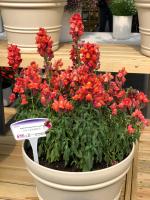How to Self Water House Plants
One of the biggest challenges of owning house plants is keeping them properly watered. While it's important to give your plants the right amount of water, it's equally important not to over or under water them. If you've ever struggled with this, you will be glad to know that there is a solution to this problem: self-watering systems. These systems provide a consistent water supply to your plants for weeks, making it easier to keep them healthy and happy. In this article, we'll go over how to self water house plants and the different types of self-watering systems you can use.
Types of Self-Watering Systems
When it comes to self-watering systems, there are several different types you can choose from. Here are some of the most popular ones:
Capillary Matting
This is one of the most common methods of self-watering. It involves placing a mat under your plants and filling a reservoir with water. The mat then wicks the water up to the plants' roots as needed.
Wicking System
This system involves placing a wick in the soil and running it through a plant pot. The wick draws water from a reservoir, providing a consistent amount of moisture to the soil.
Self-Watering Pots
These pots are designed with a reservoir at the bottom, which you fill with water. The plant then draws water from the reservoir as needed.
How to Use Self-Watering Systems
Now that you know the different types of self-watering systems, it's time to learn how to use them. Here are some steps to follow:
Step 1: Choose the Right System
The first step is to choose the right self-watering system for your plants. Consider the type and size of your plants, as well as the size of the pot. Some systems work better for smaller plants, while others are better suited for larger ones.
Step 2: Prepare Your Plants
Before setting up your self-watering system, make sure your plants are healthy and well-watered. This will ensure that they can tolerate the change in watering method.
Step 3: Set up the System
Once you've chosen the right system, it's time to set it up. Follow the manufacturer's instructions carefully, making sure that the reservoir is filled with water and that the wick or mat is in place. Checking the water level regularly is also important to ensure that it doesn't go dry.
Step 4: Monitor Your Plants
While self-watering systems can make things easier, it's still important to monitor your plants regularly. Check to see if they are getting too much or too little water, and adjust the system accordingly. You should also keep an eye out for any signs of over or under watering, such as yellowing leaves or wilting.
Conclusion
Self-watering systems can be a great way to keep your house plants healthy and thriving. With the right system and proper care, you can enjoy beautiful plants without the stress of constantly checking their soil moisture. So, choose the system that's right for you, set it up correctly, and enjoy the benefits of happy and healthy plants.

 how many times do yo...
how many times do yo... how many planted tre...
how many planted tre... how many pine trees ...
how many pine trees ... how many pecan trees...
how many pecan trees... how many plants comp...
how many plants comp... how many plants can ...
how many plants can ... how many plants and ...
how many plants and ... how many pepper plan...
how many pepper plan...































